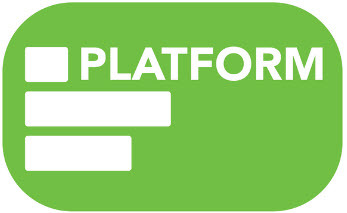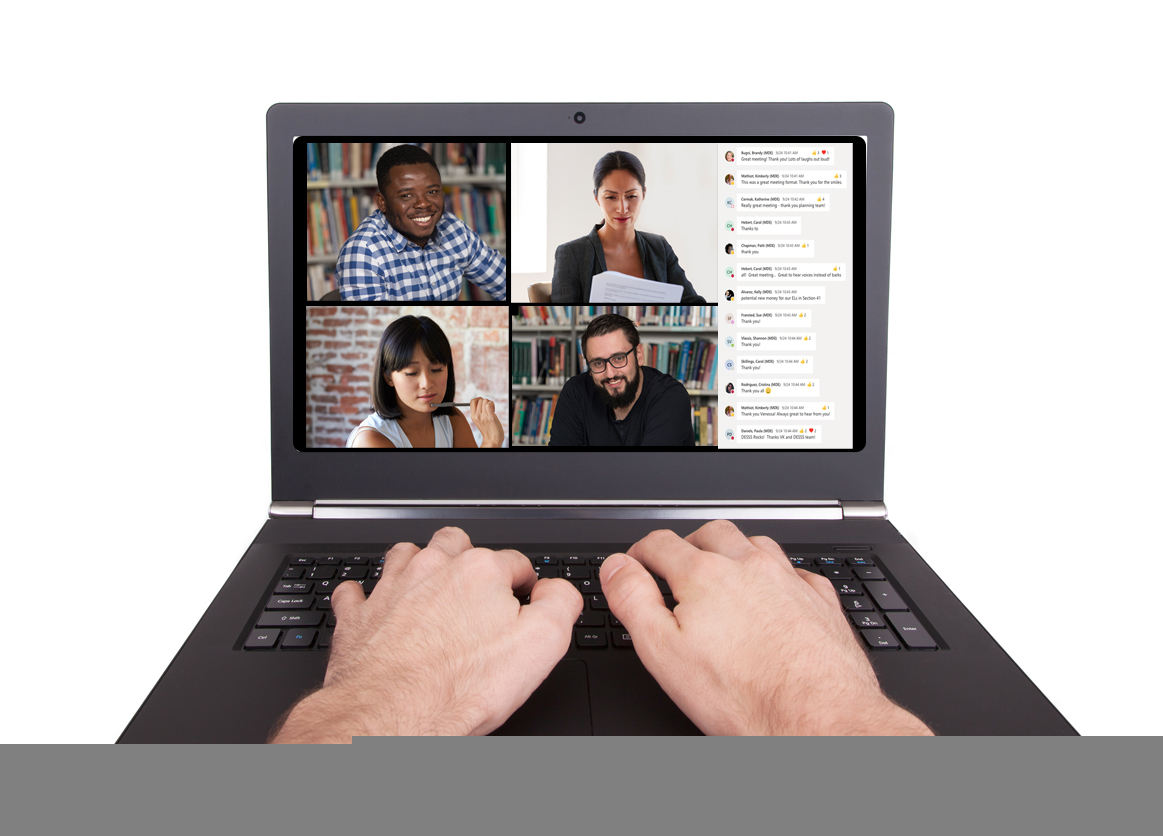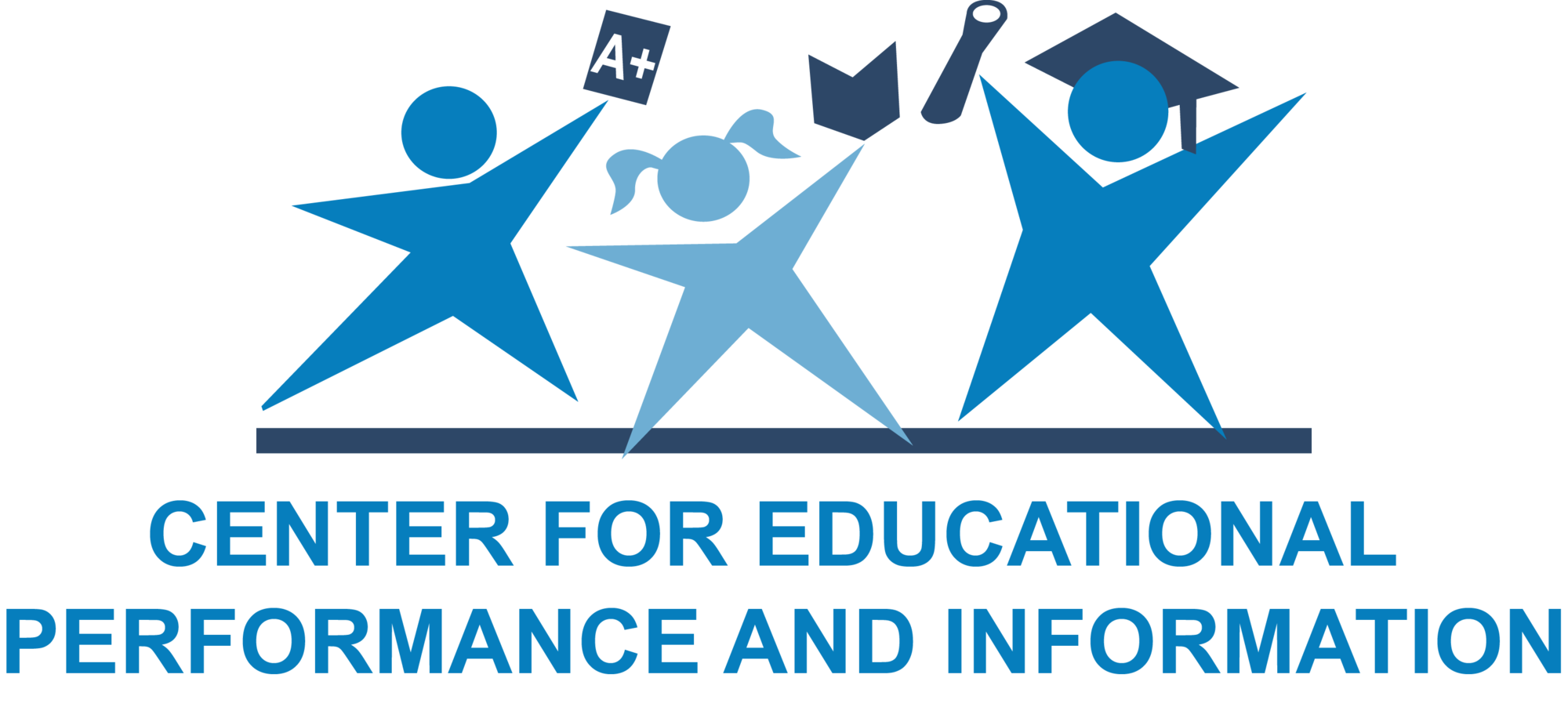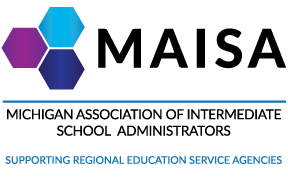September 16, 2021 MICIP Continuous Communication
Michigan Department of Education sent this bulletin at 09/16/2021 03:10 PM EDT |
|
Having trouble viewing this email? View it as a Web page. |
In this issue of MICIP Continuous Communication
This issue includes information about action that must be taken in the MICIP Platform so building-tagged strategies are linked within NexSys, a new professional learning about monitoring your plans, information about the Fall 2021 Virtual Continuous Improvement Conference, and more!
 ACTION REQUIRED
ACTION REQUIRED
Districts must add an EEM (Educational Entity Master) Agreement Number to each building in their district after the next MICIP release on Thursday, September 23, 2021.
This is necessary to correctly link building-tagged strategies and/or activities in the MICIP Portfolio to the district's consolidated application within the new NexSys system. District MICIP Administrators will add the Agreement Number to buildings under Administrative Settings à District Builder screen (click on link for instructions).
The deadline for adding Agreement Numbers to the buildings is Friday, October 1, 2021.
Please note: This is a manual function, and it cannot be completed with an EEM upload as there is not necessarily a direct match between how a district may have setup buildings within MICIP and how they are listed in the EEM.
 Monitoring the Continuous Improvement Plan
Monitoring the Continuous Improvement Plan
In mid-October, MICIP users will see Release 1.7 in the platform focusing on Monitoring, followed by Release 1.9 in January 2022 focusing on Adjust; these are the last two major components of the MICIP platform.
This sequence seems timely in that, at least for new plans entered into MICIP, districts and schools are likely just getting started with implementation, with adjusting not likely to take place until the plan has been implemented for at least six months.
There are a couple of sayings that convey important truths about monitoring:
“The minute you start implementing, you start monitoring.”
“What gets monitored, gets done.”
When monitoring, there are some important things to keep in mind.
First, monitoring involves both implementation and impact.
Implementation has three components:
- Fidelity of Implementation – to what extent have we implemented the strategy or activity as intended?
- Scale/Reach – to what extent are we reaching the intended populations, such as the number of schools, teachers, grade levels, students, etc.? Scale and reach refer to inputs rather than outputs and, therefore, is different than the impact on these populations.
- Capacity – to what extent are we supporting those implementing the plan with sufficient resources, including human, financial, technology, material, time, and others.
Depending on the strategy or activity, impact can be defined in a number of ways. This article from Rutgers University describes several of those ways. In MICIP, we are primarily talking about whether we are making appropriate progress on the interim and end targets assigned to the goal.
Second, evidence is critical.
We don’t want to base judgments regarding implementation or impact simply on hunches; we need to base them on evidence, on data. Deciding on what data you will collect as your evidence, how you will collect it, and the frequency with which it is collected are all important parts of the planning process.
Since the Monitor component of the platform will be ready several months before the Adjust section, along with the ability to upload evidence, it is critical that the evidence be stored someplace for eventual upload, whether in a paper file, a Google folder or something similar.
Third, monitoring is the responsibility of both the district and the school/program.
- The school/program must monitor the goals specifically assigned to it as part of the district continuous improvement plan and then report that data back to the district continuous improvement team. Monitoring can be done at a variety of scales. It might include self-monitoring, monitoring by a grade level or department, or across the entire building.
- The district must collect the data related to the goals/strategies/activities assigned to the various schools/programs for district-wide analysis. It is also accountable for collecting data on those goals that are only the responsibility of the district.
- Both the district and school are responsible for the analysis of the data regarding the plans to which they have been assigned.
Next issue: Other considerations when monitoring
 Voices from the Field
Voices from the Field
If you haven't already, be sure to respond to this month's question:
Now that you have your plan, how are you working with your team to implement it?
Follow the link to respond. Selected responses will be shared in the next issue of MICIP Continuous Communication.
 Newest Enhancement - Public School Academies (PSA) Management Dashboard
Newest Enhancement - Public School Academies (PSA) Management Dashboard
MICIP Platform has added a PSA Management Company Dashboard to support Public School Academies with creating and implementing district plans.
PSA Schools will now have PSA Management Company support as an enhanced tab in Administrative Settings. PSA Management Companies will have a dashboard allowing easy view of authorized schools and the ability to support creation of plans where appropriate.
 MDE Fall 2021 Virtual Continuous Improvement Conference
MDE Fall 2021 Virtual Continuous Improvement Conference
The MDE Fall 2021 Virtual Continuous Improvement Conference “Equity and Stakeholder Voice: Making Education More Engaging and Relevant for Students, Families, and Educators” is right around the corner on Tuesday, October 19. Keynoting the conference will be Dr. Jal Mehta, Professor of Education at hte Harvard Graduate School of Education, speaking on “Humane and Equitable Continuous Improvement: Why Tools Should Serve Humans and Not Vice Versa.”
Returning to the event will be Dr. Seena Skelton, Director of Operations for Region III Midwest and Plains Equity Assistance Center, speaking on "Equity and Continuous Improvement: Using Quantitative and Qualitative Data in an Equity-Centered Continuous Improvement Process."
Attendees will also have an opportunity to attend multiple breakout sessions; in contrast to the recorded presentations at last year’s event, breakouts this year will be live. Those attending will also have access to all presentations after the conference.
Conference information and a registration link are available at MDE Fall 2021 Virtual Continuous Improvement Conference | Michigan Association of Superintendents & Administrators (gomasa.org).
Please Share Continuous Communication
Please feel free to forward Continuous Communication to anyone you feel would like to receive information and updates about MICIP. To subscribe or unsubscribe, please click on this link.
Previous issues of MICIP Continuous Communication are available on the MICIP web page.
Feedback is Essential for Continuous Communication!
Have a question, an idea, a suggestion, or a compliment? The MICIP team is always eager to hear your feedback! Send us an email using the MICIP email address (mde-micip@michigan.gov).



